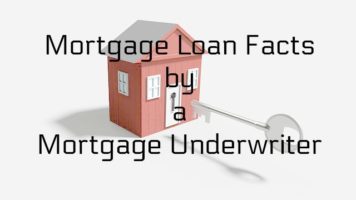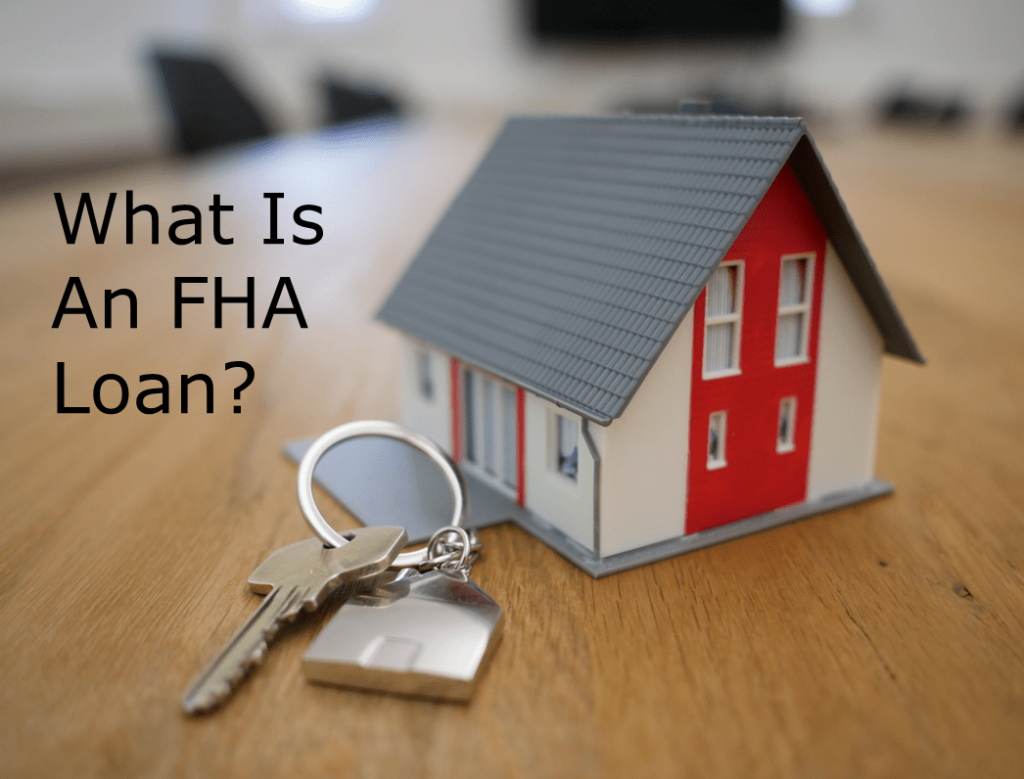The VA Interest Rate Reduction Refinance is an easy process with great rewards…
The Veterans Administration makes it easy for a veteran to refinance his current home loan without any cost out of pocket for those who qualify. All costs may be added to the loan. This loan is referred to as an IRRRL or Va Interest Rate Reduction Refinance Loan.
Who can make these loans?
Any lender, broker, or mortgage banker who has obtained approval through the Veterans Administration. When these lenders qualify for making these VA loans, it means they know the guidelines, and they must stick to the rules and regulations to say in the program.
VA Interest Rate Reduction IRRRL Refinance
Who can obtain a VA IRRRL loan and some rules that must be applied:
- A veteran borrower/spouse who already has an existing VA mortgage loan guaranteed by the Veterans Association.
- Usually, the VA IRRRL – the new loan must benefit the borrower in some way reducing the current terms.
- Normally, there is no appraisal required, credit information and the loan does not have to be underwritten by the mortgage underwriter. The underwriter does review the file to make sure it is in compliance with regulatory procedures.
- The interest rate on the new loan must decrease from the rate of the existing loan. Unless the loan being refinanced is an Adjustable Rate Loan.
- It is normal practice that the principal and interest (PITI) payment be lower than the previous PITI. *unless the new loan is a lower term than the previous. In other words going from a 30-year loan to a 15, 20, 25 yr. loan.
- The payment increase may be allowed if the closing cost is financed, which includes discount points, a funding fee, and a higher interest rate with an ARM being refinanced.
If the mortgage payment increases by 20 % the lender must determine that the veteran qualifies for the new payment. This means the underwriter must review and certify to VA that the borrower can carry the new housing payment and his/her other debts. Income stability and sufficient to afford the increase in the PITI payment from the previous payment.
The Closing Cost That is Normally Allowed in the VA IRRRL Loan:
- Origination Fee
- The VA funding fee (if applicable)
- Discount Points
- Prepaid Taxes and Hazard Insurance
- Title Examination Fee
- Title Insurance Fee
- Flood Zone Determination
- Environmental Endorsements
- Recording Fees
- Federal Express Fees or UPS, ETC.
The loan origination fee (the lender fee) is limited to 1% of the new loan amount. The lender can charge the flat fee of 1% or they may itemize the fees listed not to exceed 1%.
- Application and Processing Fees
- Interest Rate Loan Lock-in Fee
- Document Preparation Fee
- Notary Fees
- Commitment or Marketing Fees
- Loan Closing Fees- often referred to as settlement fees
- Tax Service Fees
- Trustee’s fees or charges
*The fees listed may not be all-inclusive, however, the lender will give you an estimate of all fees on the initial loan disclosure and the final closing disclosure. Ask questions to understand your fees. *The fees may vary according to the lender terminology, etc.
What CAN NOT Occur in the VA IRRRL Loan:
There are rules that must be adhered to in all mortgage loan transactions. The VA IRRRL is no different, and this is for you, the veteran borrower’s own advantage. Below are some of these rules that cannot occur:
- Equity cannot be used in the IRRRL loan to pay off debts, other than the existing VA loan principal balance.
- No cash back to the borrower can occur at closing.
Note: there may be exceptions that VA will allow when fees may have been incorrectly calculated, changes in final pay-off figures, up-front fees that may have been paid out of pocket, or a refund of escrow balances on the previous loan. *These are sometimes called adjustments at closing.
The Maximum Loan Term
The loan term (maximum) is the original term of the loan being refinanced plus 10 years, however, it cannot exceed 30 years and 32 days.
- VA gives an example of: if the present loan had a 15-year term, then the new loan cannot exceed 25 years.
Paying Off Liens
- The first mortgage lien is the only lien that can be paid off in the IRRRL. If there is a 2nd lien, the lender of that loan (if not the same) must agree to subordinate to the new lender.
- The veteran or surviving spouse must still own the property. The spouse must have been on the loan at the time of origination.
*There can be other circumstances that would need to be voiced with the new lender of choice to borrowers that were on the original loan.
**If a veteran borrower in a divorce has relinquished or deeded his/her rights to the co-borrower, and the co-borrower is not a veteran; the IRRRL cannot be made to that person.
***If the veteran borrower has died, and the surviving spouse at the time of the death of the primary borrower applies for an IRRRL- the surviving spouse is eligible for the loan.
The Lender May Asks For Additional Infomation In Certain Circumstances
- If there has been a change in co-borrowers from the previous loan, the lender may ask for some evidence of present financial status. The lender may want to verify that the new terms of the loan are in line with the VA borrower’s income, assets, or employment status.
- The lender may also check the payment history of the current loan as the current loan may have not more than 1 x 30 delinquency within the past 12 months.
The Lender Must Determine
The lender certifies that the borrower who has added in the closing costs and fees in the loan amount may be recouped within 36 months.
Other Advantages
- The loan payments must be current at the time of application.
- All costs unless outside of the VA parameters may be added to the loan.
- There may be no need for a new appraisal, however, if there are certain circumstances, the lender could require one for their personal satisfaction that the property is suitable for new financing.
- There is no need to re-verify the veteran’s Certificate of Eligibility.
- The borrower must certify that he/she has or will occupy the property.
Summary
There can always be an extenuating circumstance that pops up on any mortgage loan. There can be items that the borrower may have forgotten until later in the loan.
The guide here is not all-inclusive for each lender. Lenders have their own specific rules sometimes outside of what the minimum rules are for The Veterans Administration. This is to make sure their guarantee for the loans is based upon solid induing criteria.



